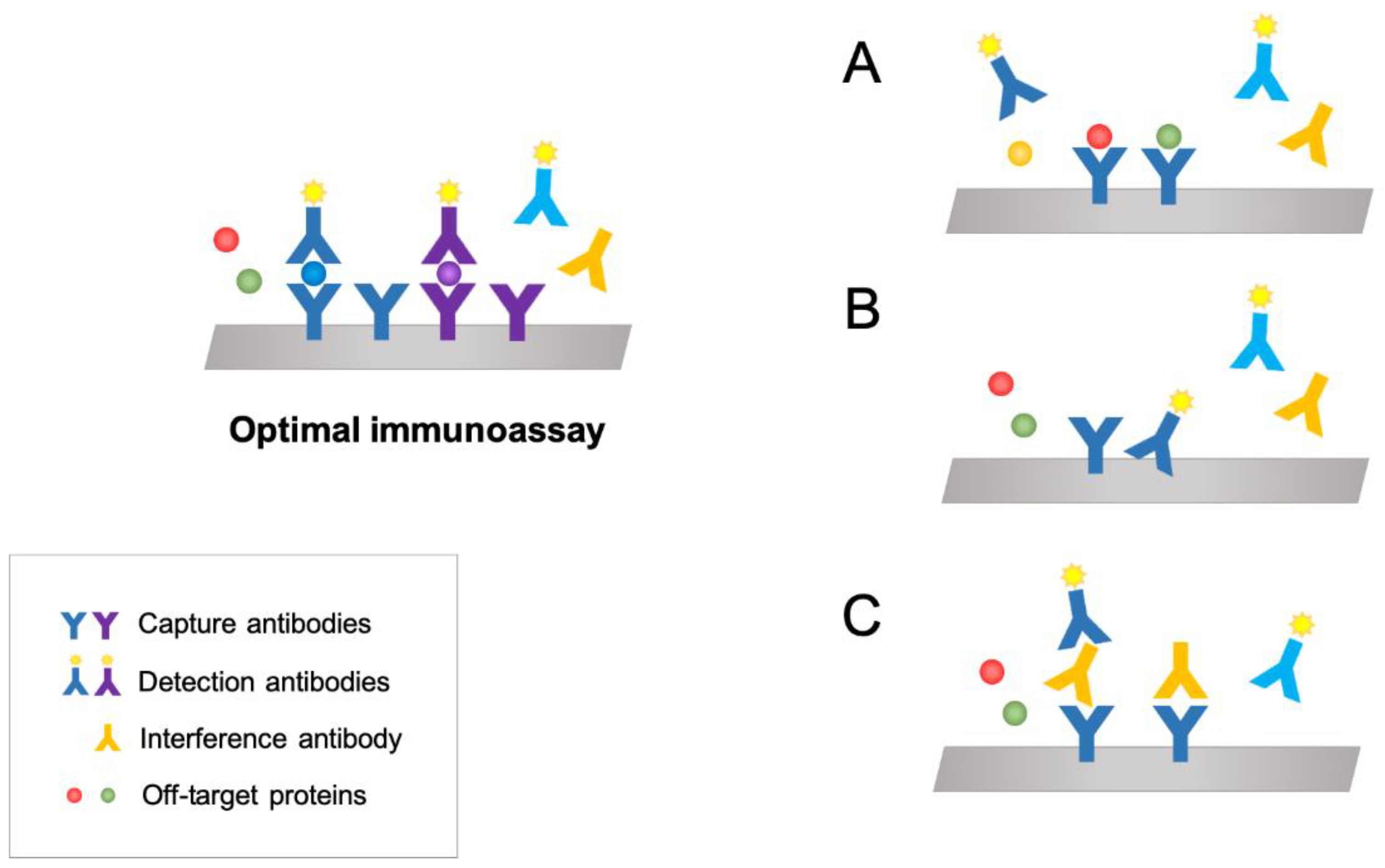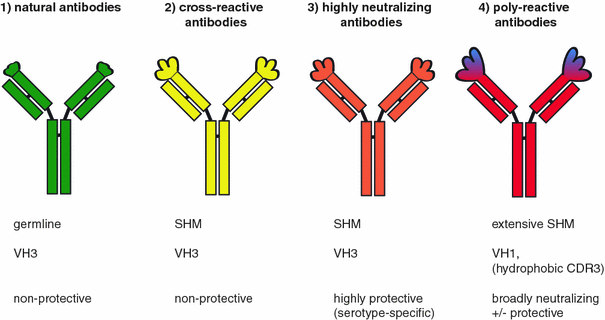

Kist N: Infektionen durch Campylobacter jejuni / coli. Gustav Fischer Verlag, Stuttgart 1990.īutzler JP, Dekeyser P, Detrain M, Dehaen F: Related vibrio in stools. Zentralblatt für Bakteriologie, Mikrobiologie und Hygiene (A) 1986, 263: 112–118.ĭeutsche Gesellschaft für Hygiene und Mikrobiologie: Verfahrensrichtlinien für mikrobiologische Diagnostik. Culture conditions and antibiotic susceptibility. Preac-Mursic V, Wilske B, Schierz G: European Borrelia burgdorferi isolated from humans and ticks.

Zentralblatt für Bakteriologie, Mikrobiologie und Hygiene (A) 1986, 263: 92–102. Wilske B, Preac-Mursic V, Schierz G, von Busch K: Immunochemical and immunological analysis of European Borrelia burgdorferi strains. Shanafelt MC, Hindersson P, Soderberg C, Mensi N, Turck CW, Webb D, Yssel H, Peltz G: T cell and antibody reactivity with the Borrelia burgdorferi 60-kDa heat shock protein in Lyme arthritis. Hansen K, Bangsborg JM, Fjordvang H, Strandberg-Pedersen N, Hindersson P: Immunochemical characterization of and isolation of the gene for a Borrelia burgdorferi immunodominant 60-kilodalton antigen common to a wide range of bacteria. Wilske B, Schierz G, Preac-Mursic V, Weber K, Pfister HW, Einhäupl K: Serological diagnosis of erythema migrans disease and related disorders. Molecular and Cellular Probes 1990, 4: 451–462.Ĭoleman JL, Benach JL: Isolation of antigenic components from the Lyme disease spirochete: their role in early diagnosis. Journal of Clinical Microbiology 1988, 26: 338–346.įuchs R, Wilske B, Preac-Mursic V, Schierz G: Purification of the Borrelia burgdorferi flagellum by use of a monoclonal antibody. Hansen K, Hindersson P, Strandberg-Pedersen N: Measurement of antibodies of the Borrelia burgdorferi flagellum improves serodiagnosis in Lyme disease. Steere AC: Medical progress - Lyme disease.
Lyme antibody cross reactivity Pc#
In contrast to p100 and OspA, however, p41 and pC showed cross reactivity with immune sera against bacteria not belonging to the genus Borrelia. Showing the lowest potential for cross reactivity, p100, p41, OspA and pC seem to be the most suitable antigens for serodiagnosis. The absorbed antibodies were directed mainly against bands at the level of p33 and bands of the 60 to 75 kDa range. Some of the cross reactions were eliminated by absorption of the sera with Treponema phagedenis. Other broadly cross-reacting proteins were at the level of p40, p33 and two proteins in the range of 20 kDa. Broad cross reactivity was shown for Borrelia proteins of the 60–75 kDa range. Therefore, to analyze cross reactions of Borrelia burgdorferi with other bacteria, rabbit immune sera against heterologous bacteria ( Borrelia hermsii, Treponema pallidum, Treponema phagedenis, Leptospira interrogans (serogroup grippotyphosa), Neisseria meningitidis, Haemophilus influenzae, Yersinia enterocolitica (serotypes O3 and O9), Campylobacter jejuni, Listeria monocytogenes O1, Pseudomonas aeruginosa, Escherichia coli, Salmonella typhimurium, Shigella flexneri and Legionella micdadei) were examined by Western blot using Borrelia burgdorferi as antigen. In order to select antigens for more specific tests, specific and cross-reactive proteins of Borrelia burgdorferi must be identified. Conversely, dogs infected with the Lyme agent do not show significant cross-reactivity in the microagglutination test for antibody to the leptospiral serovars.The specificity of serological tests for Lyme borreliosis is impaired by cross-reacting antibodies.

Validation and interpretation of ELISA tests for detection of antibody activity to whole cell lysates of the Lyme agent must take this cross-reactivity into consideration. We conclude that cross-reactivity occurs between B. innocens than they did to leptospiral serovars. burgdorferi showed a lesser degree of cross-reactivity to the antigens of S. burgdorferi when tested against antigens of leptospiral serovars. Antibodies to leptospiral serovars tended to cross-react more strongly with antigens of B. burgdorferi and leptospiral serovars when tested on the heterologous antigens. Crossreactivity occurred between the antibodies to B. were used for SDS-PAGE, western blots, and KELA. Whole-cell lysates from Borrelia spp., leptospiral serovars, and Serpulina spp. burgdorferi from naturally infected dogs, and to Serpulina (Treponema) hyodysenteriae from vaccinated rabbits. Western immunoblots, the kinetics-based enzyme-linked immunosorbent assay (KELA), and the microagglutination test were used to evaluate cross-reactivity among antibodies to serovars of Leptospira interrogans (leptospiral serovars), and B.


 0 kommentar(er)
0 kommentar(er)
